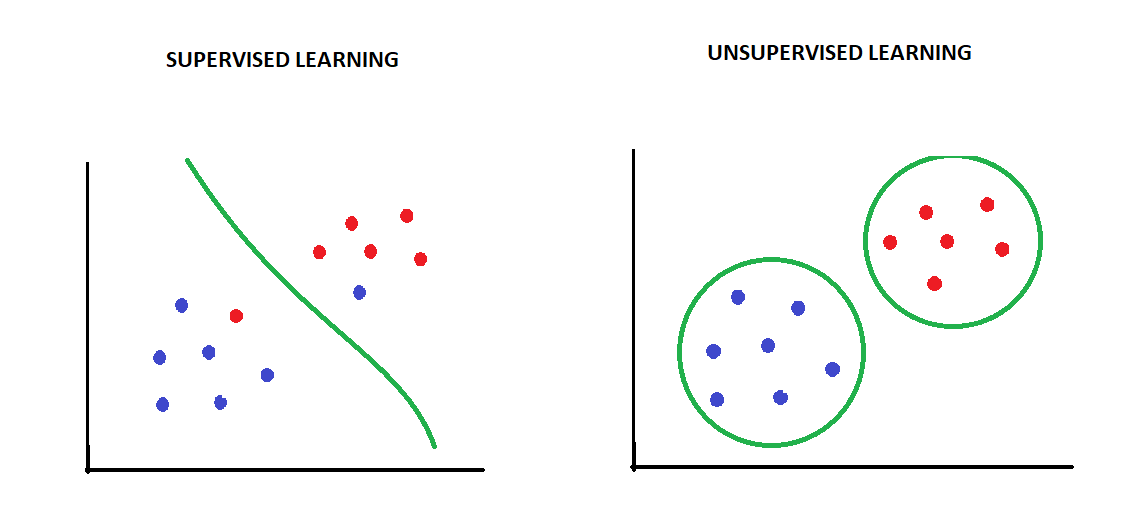In the modern world, organizations are awash with data. Transactions flow every second, sensor readings stream continuously, customer interactions unfold across countless channels, and operations generate a constant hum of information. Inside this ocean of activity, patterns emerge — most are normal, predictable, and safe. Yet, hidden among them are rare and dangerous deviations. These outliers can be signs of fraud, system malfunctions, cyber intrusions, or operational breakdowns. Detecting them quickly can mean the difference between business continuity and catastrophic loss.
Anomaly detection is the art and science of finding those signals. It is about learning what “normal” looks like in a system and spotting the moments when reality departs from that baseline. It’s not just a technical process; it is a high-stakes form of vigilance, a constant search for the subtle tremors before the earthquake, the faint rustle before the predator strikes.
Why Anomalies Matter in Fraud and Operations
Fraud does not announce itself. It thrives on blending in, hiding within ordinary activity. A stolen credit card may first be used for small, ordinary purchases before escalating. A compromised server might quietly send out data at odd intervals before a full-scale breach occurs. In operations, equipment may produce slightly irregular sensor readings for days before a mechanical failure shuts down production.
These small deviations often seem insignificant in isolation. But to the trained eye — or the trained algorithm — they form the first cracks in the wall. The sooner those cracks are identified, the more damage can be prevented. In this sense, anomaly detection is not just about analytics; it is about foresight and resilience.
The Core Challenge of Anomaly Detection
Anomaly detection is deceptively simple to describe but profoundly complex to execute. At its heart, it requires building a model of “normal” behavior and then measuring how far new data points deviate from that model. But “normal” is rarely static. Customer spending patterns change with seasons. Website traffic fluctuates with marketing campaigns. Machine behavior varies with workload and environmental conditions.
This makes anomaly detection a moving target. The definition of “normal” must adapt over time, or the system risks raising false alarms on legitimate changes — a problem known as concept drift. Conversely, if the system adapts too quickly, it may start treating truly abnormal behavior as part of the baseline, allowing dangerous anomalies to go unnoticed.
Statistical Foundations
The earliest approaches to anomaly detection relied heavily on statistical methods. In these systems, data is assumed to follow a known distribution — for example, a Gaussian (normal) distribution — and deviations are measured using statistical metrics like standard deviation, z-scores, or confidence intervals.
Imagine monitoring daily transaction volumes for a merchant. Over months, you might find that the average volume is 5,000 transactions per day, with a standard deviation of 500. A day with 7,000 transactions is more than four standard deviations from the mean — a statistical red flag.
Statistical methods are elegant in their simplicity, but they struggle in high-dimensional data or when the underlying distribution is unknown or complex. In fraud detection, where patterns can be nonlinear and involve dozens of variables, pure statistics often need to be combined with more flexible techniques.
Machine Learning for Anomaly Detection
Machine learning brought a revolution to anomaly detection. Instead of imposing a predefined statistical shape on the data, algorithms could learn patterns directly from historical records. These models could capture nonlinear relationships, handle multiple features, and adapt to evolving data.
In supervised learning approaches, historical examples of normal and fraudulent behavior are used to train a model. While powerful, this method depends on having labeled data, which is often scarce for anomalies — by definition, they are rare. Furthermore, fraudsters evolve their tactics, meaning yesterday’s labeled data may not reflect tomorrow’s attacks.
Unsupervised learning approaches, by contrast, do not require labeled anomalies. They work by modeling the structure of the “normal” data and identifying points that do not fit. Clustering methods, for example, group similar data points together; anything that does not belong to any cluster is suspect. Dimensionality reduction methods like principal component analysis can reveal when a point lies far from the main data manifold.
Semi-supervised methods blend the two, using abundant examples of normal behavior with occasional labeled anomalies to guide the detection process.
Deep Learning and Complex Patterns
The rise of deep learning has opened new frontiers in anomaly detection. Neural networks, particularly autoencoders and recurrent architectures, excel at modeling complex, high-dimensional data. Autoencoders learn to compress normal data into a lower-dimensional representation and then reconstruct it. When fed an anomaly, they fail to reconstruct it accurately, producing a high reconstruction error — a signal that something is wrong.
For time-series data, recurrent neural networks (RNNs) and their modern variants like LSTMs (Long Short-Term Memory networks) are particularly valuable. They can learn the sequential dependencies in data streams, making them adept at spotting subtle temporal anomalies — such as a machine gradually drifting out of calibration or a fraudster escalating transaction amounts over time.
Real-Time Detection and Streaming Analytics
In many operational and fraud contexts, speed is critical. Detecting a fraudulent transaction after a week’s delay may be too late to prevent losses. Identifying a mechanical fault only after production halts can cost millions.
Real-time anomaly detection systems use streaming analytics platforms to process data as it arrives. They maintain a live model of normal behavior and flag deviations instantly. This requires not only advanced algorithms but also efficient engineering — systems must handle high-throughput data with minimal latency.
Stream processing frameworks like Apache Kafka and Apache Flink have become essential tools for building such systems. They allow anomaly detection algorithms to be deployed directly into the data pipeline, creating a form of continuous monitoring.
Challenges of Imbalanced Data
One of the most stubborn challenges in anomaly detection is the imbalance between normal and anomalous cases. In fraud detection, fraudulent transactions may make up less than 0.1% of all records. Training algorithms on such imbalanced data risks producing models that simply predict “normal” for everything — and achieve deceptively high accuracy.
To counter this, techniques such as oversampling anomalies, undersampling normal cases, or generating synthetic anomalies (using methods like SMOTE) can be employed. Evaluation metrics must also be chosen carefully. Accuracy alone is misleading; precision, recall, and the F1 score give a clearer picture of a model’s real-world usefulness.
Adaptive and Self-Learning Systems
Because the nature of fraud and operational behavior evolves, anomaly detection systems must adapt. Self-learning systems incorporate feedback loops where confirmed anomalies are fed back into the model, refining its understanding of what to watch for. This ongoing adaptation turns anomaly detection into a living process rather than a static rule set.
Adaptive systems are especially important in fraud prevention, where adversaries are actively working to evade detection. A rule that worked last month may be useless today. Machine learning models can detect shifts in the data distribution and adjust their decision boundaries accordingly.
Human-in-the-Loop Approaches
While automation is powerful, human expertise remains vital. Anomaly detection often benefits from a “human-in-the-loop” approach, where algorithms flag potential issues and analysts review them. This combination leverages the speed and scale of machines with the judgment and contextual understanding of people.
In fraud detection, for example, an automated system might flag a credit card transaction in a foreign country as suspicious. A human analyst, seeing that the cardholder booked a flight there last week, can quickly clear the alert. In operations, an engineer might recognize that a sensor anomaly coincides with scheduled maintenance, avoiding unnecessary downtime.
The Future of Anomaly Detection
Anomaly detection is entering an era where context will be as important as the raw detection itself. Contextual anomaly detection looks not just at the data point in isolation but at its environment — the time of day, the location, the system state. A spike in website traffic might be alarming at 3 a.m. but perfectly normal during a product launch.
Advances in explainable AI are also making anomaly detection more transparent. Instead of simply flagging an anomaly, modern systems can explain why it was flagged — which variables contributed most to the decision, and how they differed from the baseline. This transparency builds trust and speeds up investigation.
Finally, anomaly detection is increasingly moving to the edge — running directly on IoT devices, factory sensors, or payment terminals. This allows for detection even when connectivity is limited and ensures faster responses.
Conclusion: Vigilance in the Age of Data
Anomaly detection is not just a technical capability; it is a strategic necessity. In the realms of fraud and operations, the cost of missing anomalies is measured in money, trust, and sometimes human safety. As data grows in volume and complexity, so too must our ability to monitor it intelligently.
The journey from statistical control charts to deep learning-powered streaming analytics reflects the evolution of both technology and threat landscapes. But at its heart, anomaly detection remains what it has always been: the disciplined art of noticing what doesn’t belong, of hearing the faint discord in the symphony, and of acting before small disturbances become full-blown crises.
The future will bring new tools, new patterns, and new threats. But organizations that embrace adaptive, context-aware, and human-centered anomaly detection will remain one step ahead — turning data from a passive record of the past into an active shield for the present and future.






